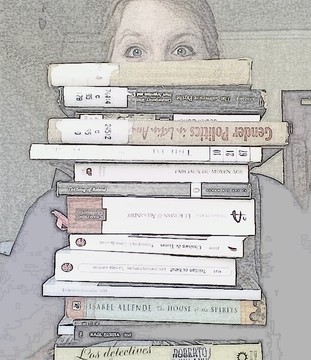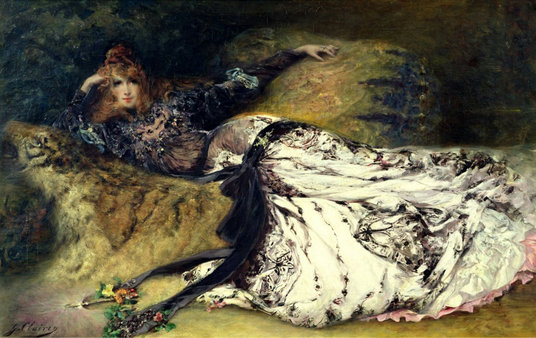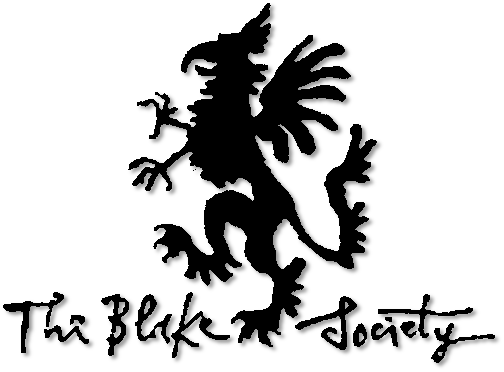It was only after I got to Cambridge that I realised what a big, blundering stupid mistake that was.
Finally free from the 6 a.m. meditations, vegan cuisine and compulsory asana practices, I relished in gluttonous Sainsbury’s biscuits, tubs of Haagen-Dazs ice-cream, literally infinite amounts of Hobnobs and, last but not least, copious amounts of alcohol on a daily basis. Not that alcohol had been forbidden before – on the contrary, wodka is a moral obligation in Eastern Europe - but I was way too much of a light-weight to handle it regularly (still am). Now, with all these glorious fatty diabetes-inducing calories, my tolerance rocketed. I’d wake up feeling like the devil and treat myself to left-over pizzas and whatever else lurked in my fridge. Don’t forget that morning cigarette. God bless England.
It was only upon returning home for Christmas that I realised I had changed. Naturally, a change in habits will invariably change character traits, but it was more than that. Not only did I feel lethargic and completely exhausted, but I found it harder to get my strength back. Normally, a few days off would have led to a complete recovery from any form of depletion, but after two months of avoiding vegetables like the plague, it was almost impossible to escape from the psychological chaos I call the Post-Cambridge Condition (PCC). I felt frustrated, relatively upset and had massive mood swings. My loving mother noticed and, as usual, concluded that I was not eating well and did not have the right habits (the same diagnosis that accompanied every cold or broken arm). This time though, utterly defeated, I allowed her to show me where I was wrong.
And she did. I followed her morning routine and ate all of her cooking – something I always rebelled against as a child. Every last grain, every strange foreign vegetable and that absurd amount of seaweed went from plate to stomach with a nascent enthusiasm. Eventually, the unthinkable happened - I began to look forwards to meals. Asana practices became the highlight of my day. Energy seeped in as if spring had just sprung. It was a 180-shift in perspective, a complete rebirth.
Yoga has definitely enlightened me, but unfortunately Nirvana is nowhere near the horizon. If I have gained any wisdom, it’s that there is nothing, literally nothing, as rewarding as eating well. Good habits are the single key to wellbeing – Every walk to lectures will, for some inexplicable reason, feel exhilarating, even when you got a 2.2 on your last essay (yours truly, so far twice in a row this term). Forget the pills, ten minutes of meditation before bed will put you to sleep like a log. Forget the coffee, a few stretches in the morning will put a spring in your step better than any caffeine. Stay up all night and watch the sunrise – you won’t be tired if your life’s in balance.
I promise.




